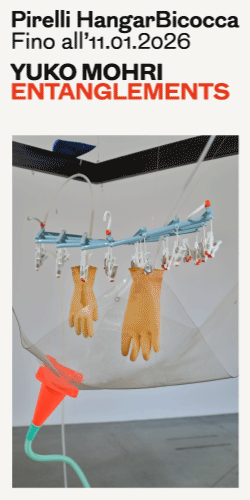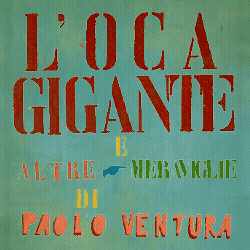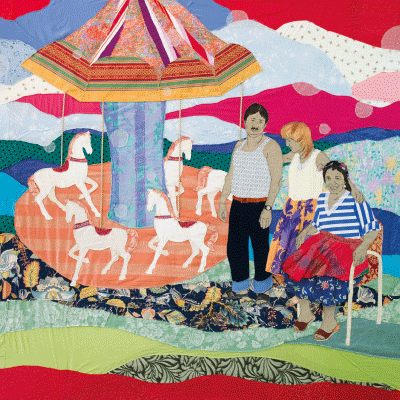
(English text below)
Sam Korman è il vincitore del Premio Lorenzo Bonaldi per l’Arte-EnterPrize istituito dalla GAMeC di Bergamo.Il curatore ventiseienne sta realizzando il suo progetto di mostra, dal titolo Mississippi. Mississippi è stato decretato il progetto vincente, scelto all’unanimità dalla giuria, composta da Pierre Bal-Blanc, Mirjam Varadinis, Giacinto Di Pietrantonio e Stefano Raimondi, per la sua coerenza concettuale e curatoriale, nonché per l’intuizione creativa del progetto di mostra, interessante sfida per Bergamo e il suo pubblico talvolta troppo conservatore.
Tre artisti americani – Jacob Kassay, Elaine Cameron-Weir e Josh Tonsfeldt – e il designer David Knowles si alterneranno nel project-space del museo, che per l’occasione si trasformerà in una sorta di spazio di residenza e lavoro: un open studio, aperto al flusso dell’azione creativa. Questa con Jacob Kassay è la prima di una serie di interviste agli artisti che saranno invitati a partecipare al progetto.
Short interview with Jocab Kassay
ATP: The show “Mississippi” by curator Sam Korman – winner of the Premio Bonaldi and hosted at the Gamec, in Bergamo – is characterized by its being ‘work in progress’, hence contemplating the stratification of more interventions from the artists. What’s your opinion about this experimental methodology?
Jakob Kassay: The condition that multiple artists work in succsession of one another in the same space effectively frames everything that one chooses to include or present there as a both a potential prompt and displacement to those working in their subsequently. This sort of negotiation is usually condensed or side-stepped entirely, as relationships between works are organized prior to the show rather than accruing through duration and response.
I would argue however that “work in progress” can be a somewhat misleading or unavailing term because I think there is no terminal horizon of completion. Even if an object is produced in a traditional studio setting and exhibited outside of it, it remains active in its redeployment, as its trafficked as an image, as its materiality change over time, as it can be used in different ways.
ATP: Which project did you develop for this exhibition?
JK: I produced four wall paintings using an atomized paint which compresses as a solid color at a distance and which up close, dissolves into individual flecks of separately colored paint uniformly dispersed as a pattern. I had been using this material on irregularly shaped canvases which take their profiles from remnants of fabric, but for this show I chose to use it directly on the wall in different rectangular shapes, where the dimensions of the space, especially peripheral elements of it, determine the hard lines and contours of the painting rather than a stretcher. Because the paint is a faint, light blue, it recedes into the white interior of the gallery and is at first only barely discernible in the space, like a series of poorly concealed undercoats or smudges. It provides a backdrop that only becomes apparent through sustained attention, a surface which shifts relative to one’s position in the space.
ATP: The show turns the museum’s space into an out-and-out ‘artist’s studio’. How did you live this experience?
JK: I think “artist studio” isn’t a suitable title for a space which was used temporarily to produce and exhibit work made on site. My rejection of that term stems principally from the fact that typically in artist’s studios, most aspects of the working process – materials, older work, waste, etc. – are visible, whereas in GAMeC, these features are edited out or simply didn’t have enough time to accumulate. Secondly, I don’t think that the project was premised upon the touristic conceit of a live, performative display of labor, where others would watch artists working “creatively” in a habitat.
ATP: One of the main characteristic of this project is the ‘dialogue’. How did the spectators react to your work?
JK: To be honest, I’m not really sure.
Premio Lorenzo Bonaldi per l’Arte-EnterPrize
GAMeC di Bergamo












